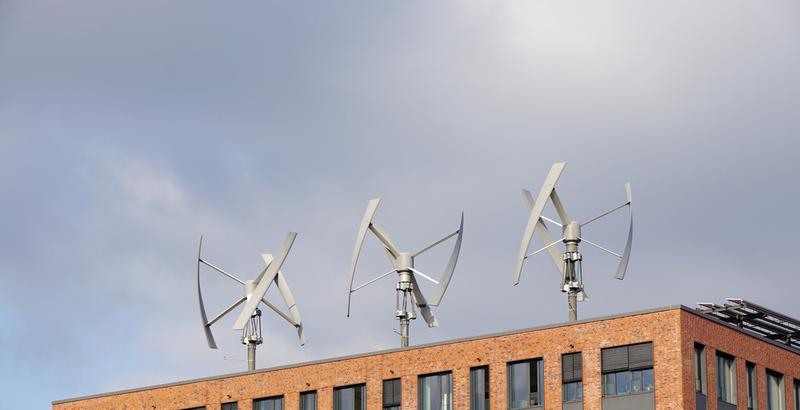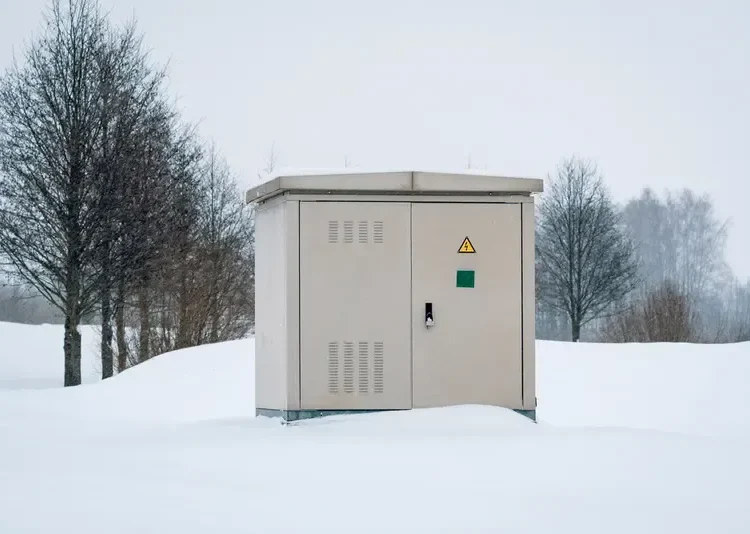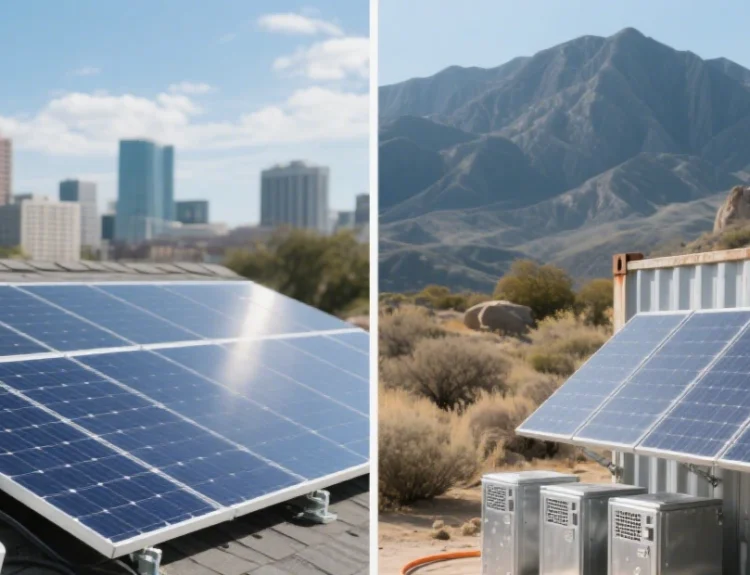In renewable energy systems, ensuring the durability and efficiency of tracking mounts is critical for optimizing performance under challenging weather conditions. The photovoltaic bracket market offers numerous solutions for supporting solar modules and wind turbine systems, but designing an indestructible wind turbine tracking mount requires meticulous attention to materials, structure, and advanced control systems.
1. Prioritize High-Strength Materials
Durability starts with the right materials. Tracking mounts for wind turbines operate in extreme environments and must withstand significant stress:
- Low-alloy high-strength structural steel: Offers exceptional load-bearing capacity, crucial for withstanding external forces like high winds.
- Aluminum-magnesium-zinc-plated steel: Provides excellent corrosion resistance and a self-repairing surface, ensuring longevity even under prolonged exposure to environmental factors.
- Aluminum alloy profiles: Lightweight yet robust, these reduce the mount’s weight while maintaining strong load-bearing capabilities.
By leveraging these materials, your mount will achieve better resistance to environmental wear, a critical factor in the photovoltaic bracket market.
2. Optimize the Structural Design
An efficient structural design enhances the wind resistance and stability of the tracking mount. Key strategies include:
- Increased cross-sectional size: Strengthens the main support components, reducing the risk of structural failure during high winds.
- Enhanced connections: Incorporating additional connectors and using methods like welding or bolting ensures the mount remains stable under pressure.
- Aerodynamic design: Minimizing resistance by optimizing the shape of the structure helps reduce the wind load.
Proper structural optimization not only increases safety but also reduces long-term maintenance costs.
3. Integrate Intelligent Control Systems
Modern tracking mounts benefit immensely from intelligent control features, which improve adaptability and resilience:
Wind Monitoring
- Install wind speed monitoring equipmentto detect real-time wind conditions. When wind speeds exceed thresholds, the system can automatically adjust the mount angle to reduce wind load.
Wind Tunnel Testing
- Conduct wind tunnel experiments to simulate wind stress and refine the mount’s design for better performance.
Smart Adjustment Systems
- Use anemometersand adaptive algorithms to dynamically adjust the tracking mount’s angle, reducing the risk of damage during sudden weather changes.
These intelligent systems align with energy-efficient technologies endorsed by Energy Star sites, ensuring reliability and safety for your setup.
4. Consider Multifunctionality for Broader Applications
Incorporating features like multi-axis tracking mechanisms allows mounts to support both wind turbines and solar panels, expanding their utility. This adaptability can increase energy output while minimizing system costs.



